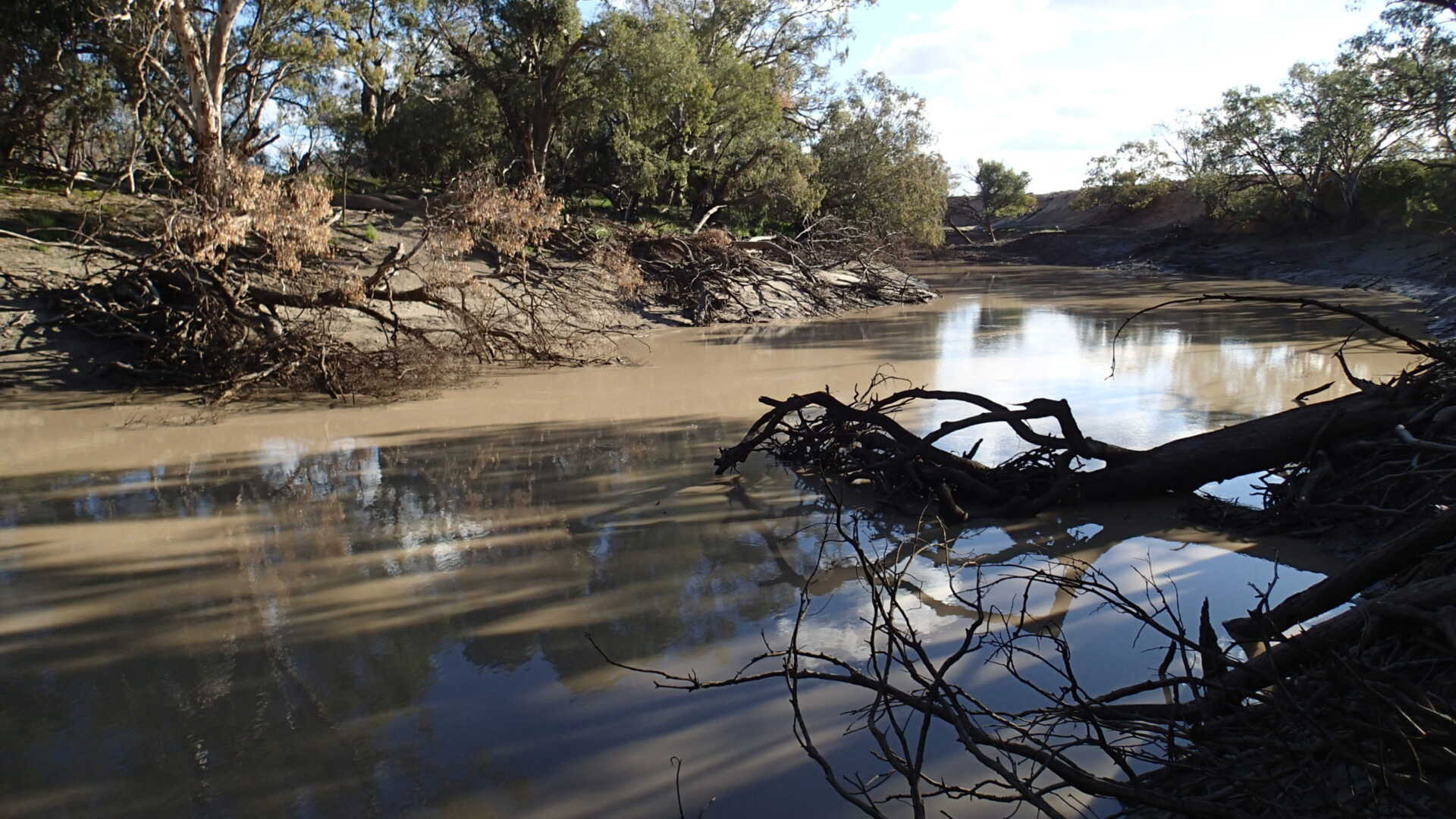Restoring Fish in the Darling River: Why Low Flows matter

The Darling River in 2018-19 was in an extreme drought. There were zero flows, blue-green algae and fish kills, as well as extensive kills of freshwater mussels along much of the river. So how natural was that drought?
Dr Martin Mallen-Cooper, an OzFish Director, and Dr Brenton Zampatti (CSIRO) went back to the original flow records from 1885 and compared the worst historical droughts (1895-1903 Federation Drought, 1939-45 World War II Drought) with contemporary droughts (2001-09 Millennium Drought, 2013-2019). What they found was surprising and shows how we can start to recover the Darling.
There is a perception that in historical droughts the Darling formed a series of stagnant pools that lasted for years, until the drought broke. In fact, it flowed for over 85 per cent of the time, even during the worst historical droughts. It also had high baseflows and flowing-water habitat – perfect nursery habitat for Murray cod. It was a vibrant river in historical droughts, with a big pulse flow every 15 months. Droughts in the last 20 years have had the same rainfall and inflows as historical droughts but the river has been very different, with very little flow due mainly to water management. But the study shows there are achievable solutions to manage flow. Combine this with habitat rehabilitation and it’s a winning package for native fish.
READ THE ARTICLE IN THE LAND
Martin Mallen-Cooper is an Adjunct Research Professor at the Institute for Land Water and Society, Charles Sturt University, Australia; a Director of OzFish Unlimited, and; Principal Consultant of Fishway Consulting Services. Brenton Zampatti is a Principal Research Scientist with CSIRO, Land and Water, (Waite Campus, Waite Road, Urrbrae, SA 5064. Email: brenton.zampatti@csiro.au).
Take a watch of Dr Martin Mallen-Cooper presentation: Our Darling and Macquarie Rivers 100yrs ago in drought which he recently presented at the OzFish Thinking Fish Forum in early 2020.
